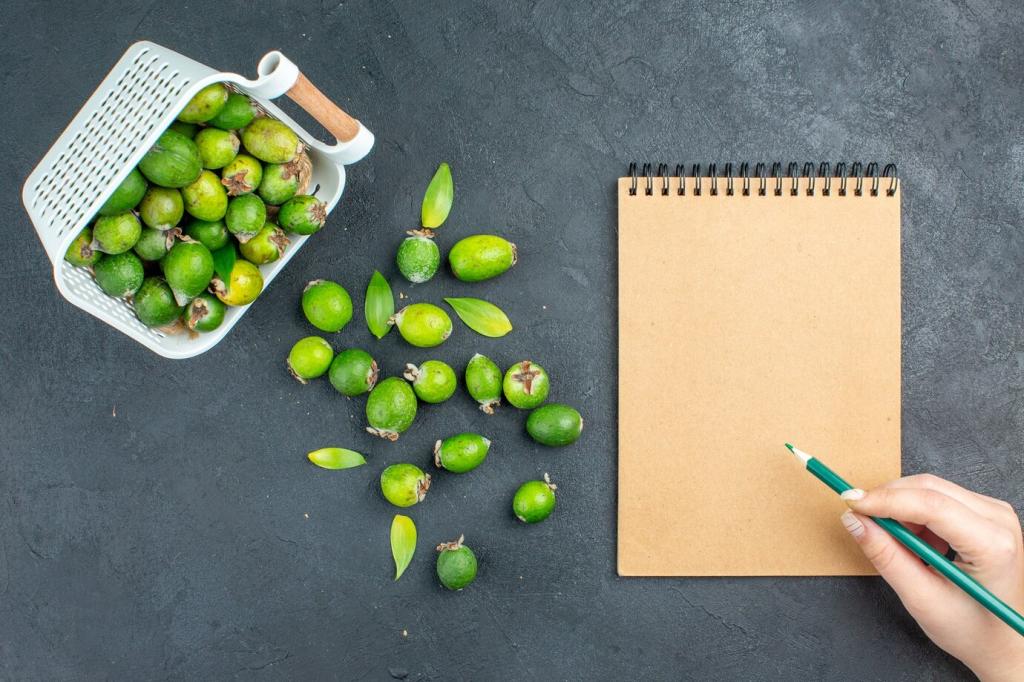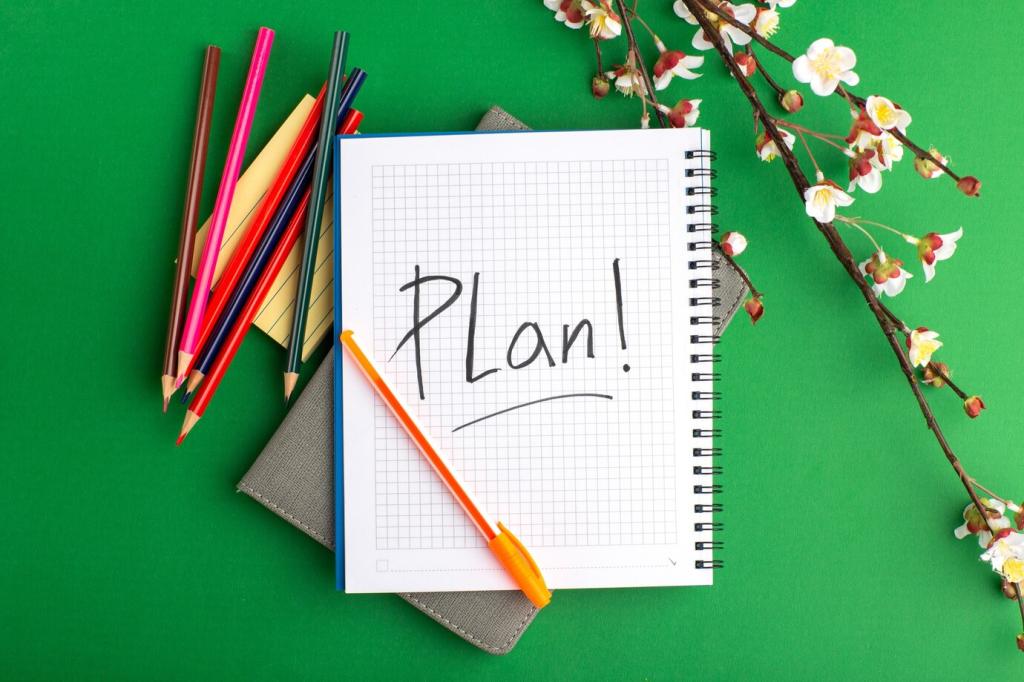Water Conservation Techniques for Households
Discovering effective water conservation techniques for households is essential for reducing utility bills, preserving our natural resources, and promoting a sustainable lifestyle. By making mindful choices and implementing practical measures, every household can significantly contribute to water conservation efforts. This guide explores essential areas—indoors and outdoors—as well as tips for behavior change and embracing new technologies, each featuring actionable strategies to help you save water daily.


Outdoor Water Conservation
Drought-Resistant Landscaping
Drought-resistant landscaping, also known as xeriscaping, employs plants and design principles that require minimal irrigation. By selecting native plant species adapted to local climate conditions, homeowners can create attractive gardens that thrive with less supplemental watering. Mulching garden beds helps to retain soil moisture and suppress weeds, further reducing water needs. Grouping plants with similar water requirements and minimizing areas of thirsty turfgrass contributes to a resilient, low-maintenance yard. With thoughtful planning, a drought-resistant landscape not only conserves water but also offers environmental benefits and reduced yard maintenance.
Efficient Irrigation Practices
Efficient irrigation is essential for preventing overwatering and minimizing runoff. Drip irrigation systems deliver water directly to plant roots, reducing evaporation losses and ensuring precise application. Watering early in the morning or late in the evening reduces loss due to heat and wind. Lawns and gardens only need to be watered when necessary—monitoring soil moisture before irrigating prevents unnecessary usage. Adjusting sprinkler heads to avoid watering sidewalks and driveways, and using rain sensors to suspend irrigation during wet conditions, are simple ways to make the most out of each drop. Implementing these irrigation best practices keeps landscapes healthy while using water wisely.
Rainwater Harvesting and Reuse
Rainwater harvesting captures and stores rain from rooftops for later use in gardens, landscaping, and outdoor cleaning tasks. Installing rain barrels or cisterns is a relatively simple process providing a supplemental water source that’s both free and sustainable. Harvested rainwater is excellent for irrigating ornamental plants and lawns or for gently rinsing outdoor surfaces. Additional measures, like using greywater from household activities such as laundry or bathing (where safe and permitted), further extend water reuse possibilities. These systems alleviate pressure on municipal supplies and help households weather dry spells with ease.
Behavioral Changes for Conservation
Conscious Water Consumption
Awareness is the first step toward meaningful water conservation. Tracking usage by reading the water meter regularly or reviewing water bills helps households identify areas for improvement. Setting achievable water-use targets promotes accountability and encourages everyone to see where reductions are possible. Staying mindful about each water-related action—whether it’s how often you flush, how you clean, or the length of your showers—translates to measurable savings. Cultivating these habits ensures that conserving water becomes second nature rather than a forced task.
Family Education and Involvement
Water conservation is most effective when all household members are informed and invested. Regularly discussing the importance of water conservation, sharing tips, and celebrating achievements creates a sense of collective responsibility. Children can be empowered as “water monitors” or participate in fun competitions to encourage less waste. Visual reminders such as stickers near taps or shower timers can reinforce desirable behaviors. Making conservation a family value not only reduces water use but also instills lifelong environmental stewardship in young family members.
Rethinking Daily Tasks
Reevaluating everyday activities with a focus on water conservation often reveals surprising opportunities for savings. For example, using a bucket rather than a hose for car washing, or opting for a broom over water for cleaning driveways, cuts down usage significantly. Even in cooking, reusing water from rinsing vegetables for watering plants helps minimize wastage. By continually assessing regular routines and adapting them toward conservation, households can create a culture of resourcefulness and responsibility that goes beyond water.

